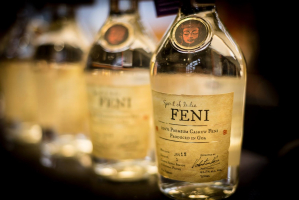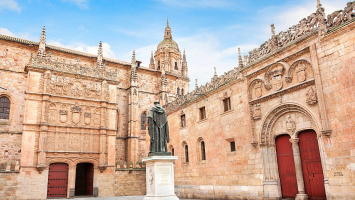Top 12 Best Soups from Around the World
The soup merits special attention while discussing a food group that is consumed in almost every nation on earth. In order to make soup, you need to combine ... read more...items like meat or vegetables with stock, milk, or water. Soup is basically a liquid cuisine that is typically served warm or hot (but can also be cool or cold). Boiling solid materials in liquids until the flavors are extracted and a broth forms is another characteristic of hot soups. Since each location has contributed its own flavors and ingredients to this preparation, the history of soups is inextricably linked to the history of humanity. These are Toplist's nominations for the top of the best soups around the world.
-
Spain’s most famous soup comes from its Mediterranean region, Andalusia. It is not surprising that fresh ingredients like tomatoes, garlic, onions, pepper, and olive oil give this traditional Spanish cuisine its flavor. This soup is usually served cold, suitable in the hot summer of Spain and Portugal. To make this soup, marinate cucumbers, peppers, tomatoes, garlic, and scallions with seasoning and bread, then squeeze out the juice. Put this mixture in a blender and taste the seasoning again.
During the medieval Moorish rule of the Iberian Peninsula, gazpacho first appeared. It used to be a dish eaten by peasants and didn't contain tomatoes at first. Only after the Spanish had colonized Mexico, where they had obtained the item, was the fruit added to the soup in the 16th century.
Since this soup is typically consumed cold and with a piece of bread, its name, Gazpacho, translates from Arabic as "wet bread." Today, there are many different ways to make gazpacho, using things like almonds, avocado, melon, and watermelon, among other things.
Country: Spain
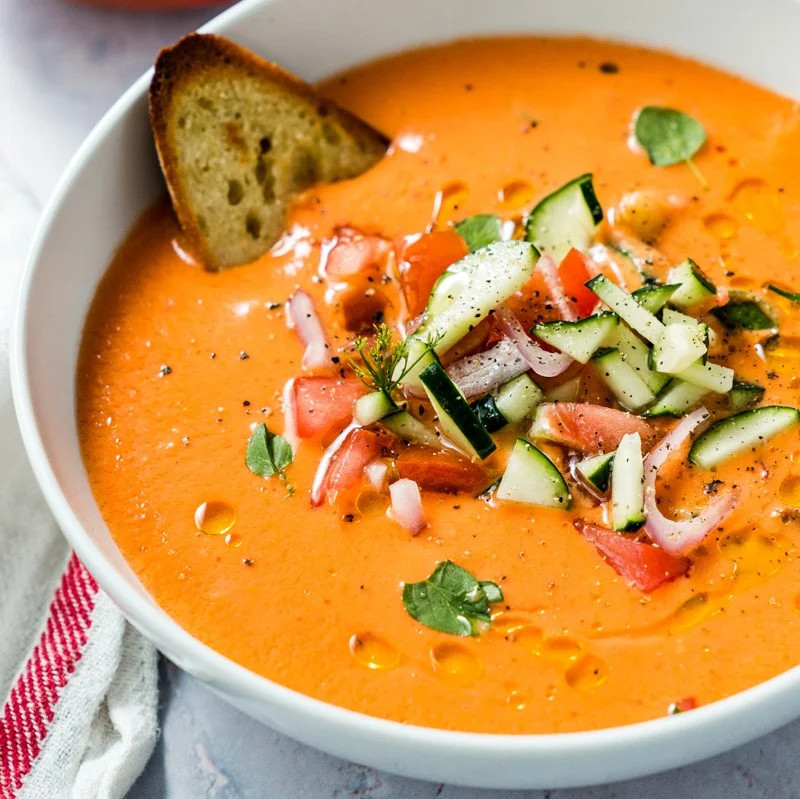
A Couple Cooks 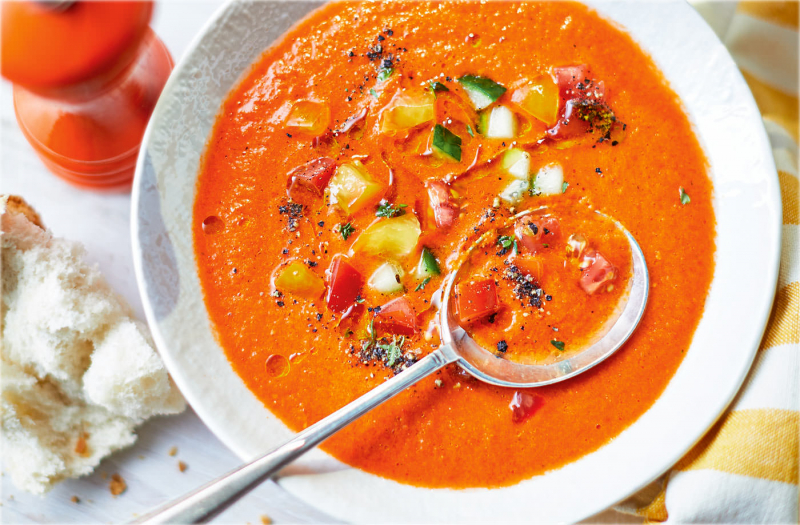
Tesco Real Food -
The cuisine of Southeast Asia is renowned for its extremely sophisticated and frequently conflicting flavors. Asian soups, including the well-known Laksa, which is primarily enjoyed in Malaysia and Singapore, fit in wonderfully with this culinary tradition.
Laksa's recipe is centered on a broth prepared with hot curry, ginger, and coconut milk, though there are many variants in how it is created. It can be served with classic oriental noodles, shrimp, chicken, or tofu.
It is believed that the origin of this soup comes from a fusion between Chinese culture and that of the countries of Southeast Asia, as it combines ingredients typical of all these regions. Some hypotheses contend that the dish's name, which refers to the consistency and flavor of this common soup, is Cantonese for "spicy sand."
Different laksa noodle recipes have gained popularity in Malaysia, Singapore, and Indonesia, as well as receiving international recognition. Penang Asam Laksa was ranked seventh among the 50 best cuisines in the world by CNN Travel in July 2011. However, following a 35,000-person online poll conducted by CNN in September 2011, it fell to the 26th spot.Country: Malaysia and Singapore
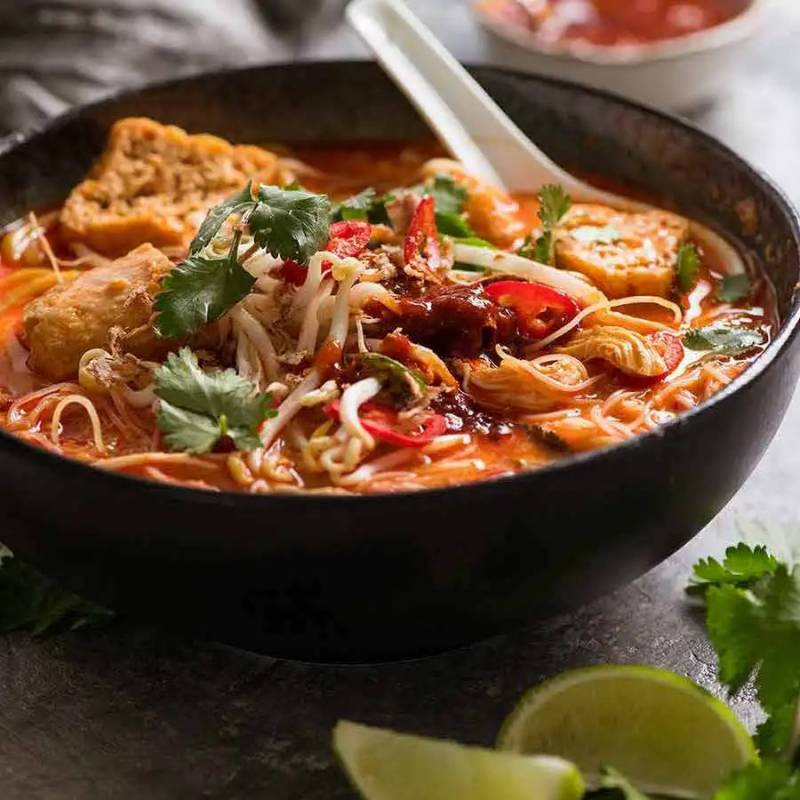
RecipeTin Eats 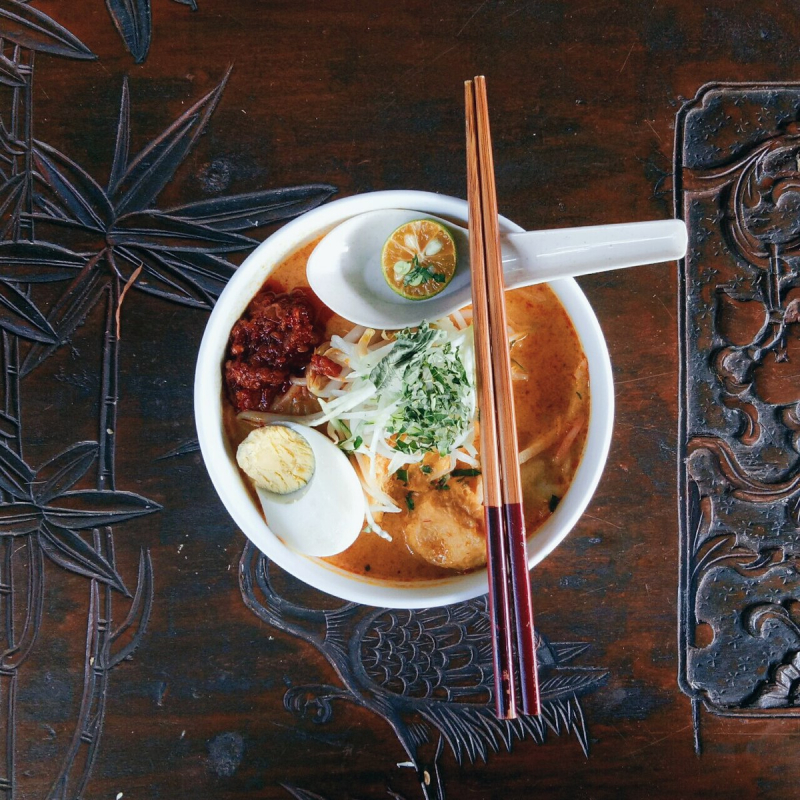
Wikipedia -
A typical Moroccan soup made with tomatoes, lentils, and chickpeas is called harira. It frequently appears high on lists of must-try Moroccan cuisine because of its fantastic fragrance and zesty spice. It is a well-liked dish served in Moroccan homes, eateries, and even on the streets.
The word harira refers to the texture of the soup after it has been thickened with either eggs or a tedouira of flour and water. The Arabic word for silk is the source of the name. Yeast is occasionally added to the tedouira (thickener), which is then allowed to ferment for one or two days.
Although harira is cooked all year long, it is most popularly connected with Ramadan, the month when Muslims fast all day long in order to ponder and become closer to their faith. Harira is taken with dates and honey cakes after sunset, when eating is permitted. This tradition is so ingrained that many Moroccans consider a meal during Ramadan incomplete if harira isn’t on the table.
Country: Morocco
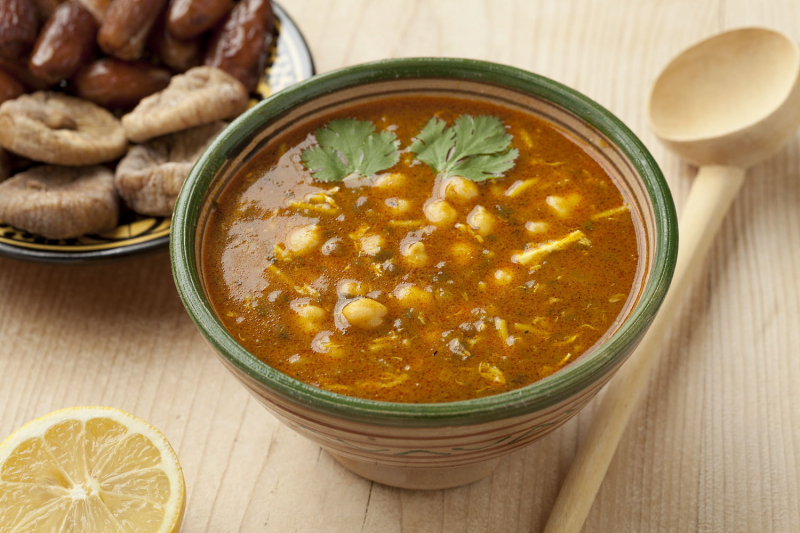
Taste of Maroc 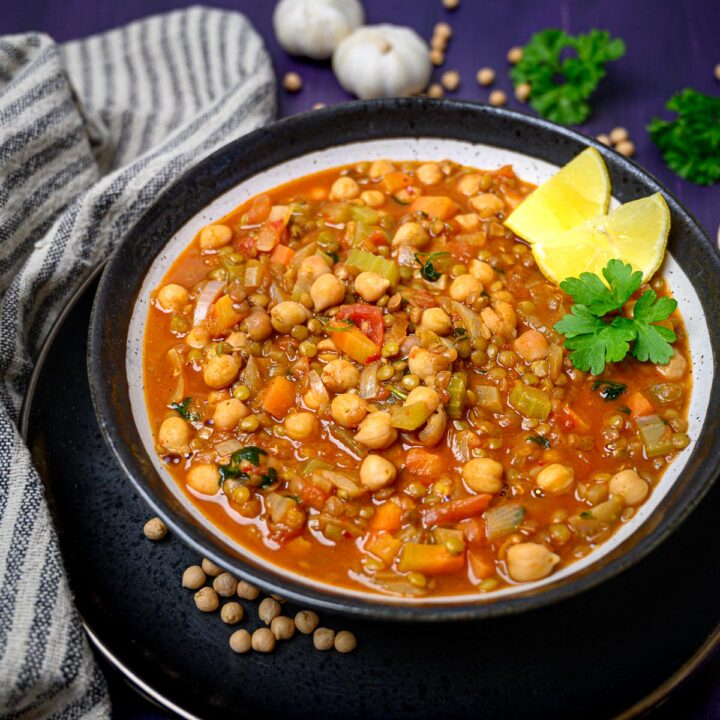
Skinny Spatula -
The most well-known Italian soup to emerge during World War One is the minestrone. Due to the lack of food in the area, the peasants created a salty broth in which they boiled all of the available veggies. Each family pitched in with the ingredients they possessed at the time as the dish was cooked in enormous cauldrons in the middle of the city squares. Then came the Minestrone, which in Italian means “thick vegetable soup”. It is a hearty vegetable soup with Italian origins that is frequently cooked with pasta or rice and occasionally with both. Beans, onions, celery, carrots, leaf vegetables, stock, parmesan cheese, and tomatoes are typical ingredients.
For the minestrone recipe, there is no set rule. You can use a variety of veggies, including potatoes, celery, and carrots. Other ingredients in certain dishes include rice, pasta, and meat. As a result, minestrone is among the world's most accessible and reasonably priced soups.
Country: Italy
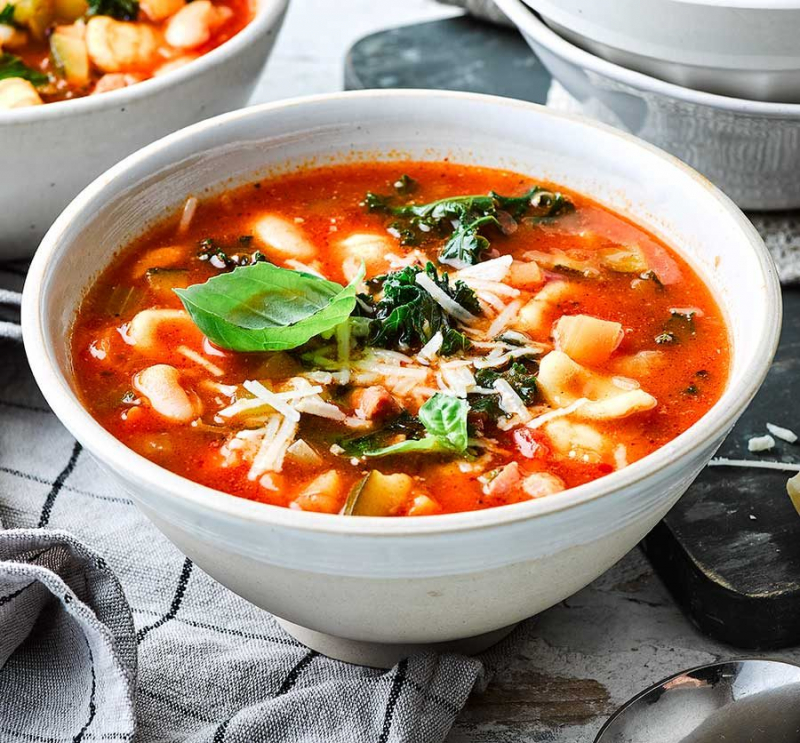
BBC Good Food 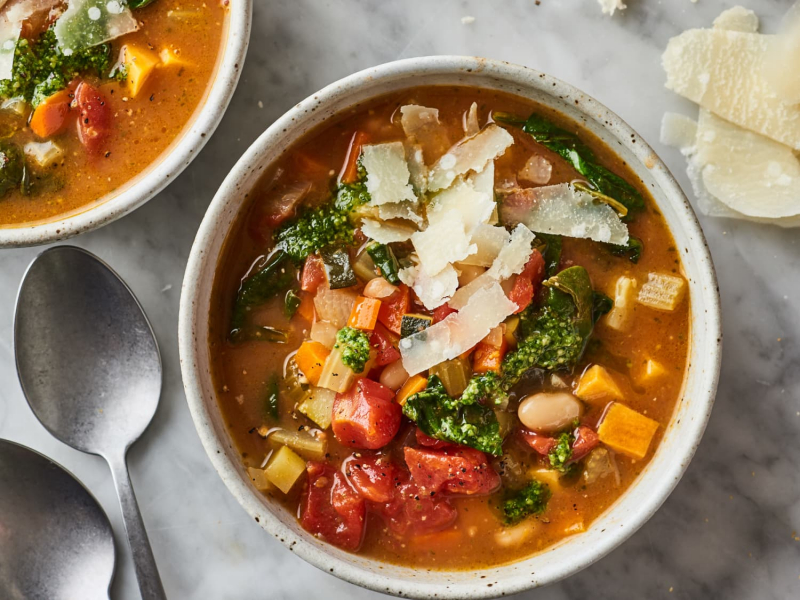
Kitchn -
Thai food is primarily comprised of hot soups. With a very aromatic broth, Tom Yum is one of the most well-known dishes in the nation. The meal tom yum is related to the traditional simplicity of an agricultural way of life along the network of rivers and canals in the country's central plains, where gastronomic customs are closely related to the natural world.
Tom and Yum are translated as "to cook" and "to combine," respectively, in Thai. From this straightforward idea, a variety of soups with various forms of protein were created, including Tom Yum Kung (with shrimp), Tom Yum Gai (with chicken), and Tom Yum Kha Mu (with pork).
The peculiar sour and spicy flavor of tom yum is due to the aromatic herbs and spices that are well-seasoned in the broth. Fresh ingredients including lemongrass, Thai lime leaves, galangal, lime juice, fish sauce, and pureed red chile are also used in this soup.
Country: Thailand
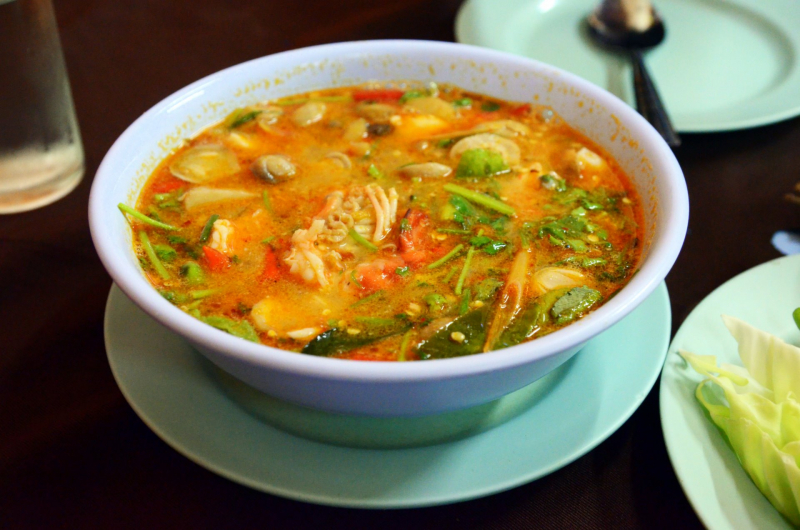
Wikipedia 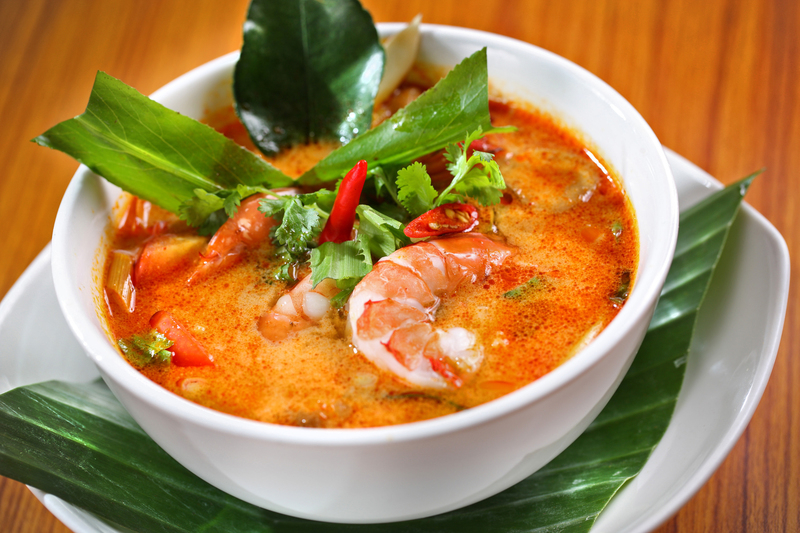
VnExpress -
Few people are aware that the famous soup that is so characteristic of Mexico is made with maize tortillas, a meal that is popular around the world. Pieces of fried corn tortillas are combined with tomato soup that has been spiced with onion, garlic, parsley, and pepper to make the tortilla soup.
In central Mexico, tortilla soup is extremely well-liked. Its roots combine those of the pre-Columbian inhabitants of the area with those of the Spaniards who colonized it. Due to the plentiful supply of corn in the area, the locals had been making tortillas since 10,000 BC, but it was the Europeans who introduced the soup culture to North America.
Tortilla soup is a tomato (or chicken)-based soup with Mexican influences. It frequently includes extras like cilantro and jalapenos in addition to basics like maize and beans. After simmering, it is topped with crispy tortilla pieces and any additional ingredients you choose. The most popular ingredient in tortilla soup is chicken, although it can also be cooked with lamb, beef, and seafood. The flavor of the soup is greatly enhanced by cooking the protein.
Country: Mexico
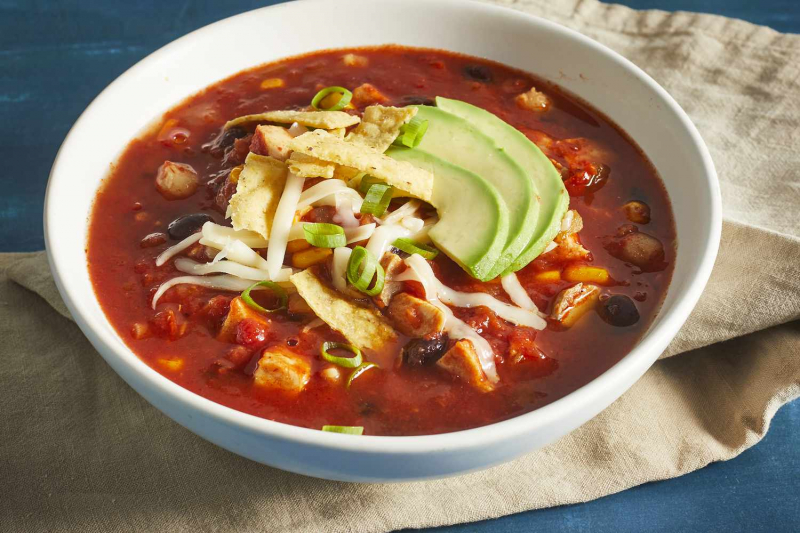
Allrecipes 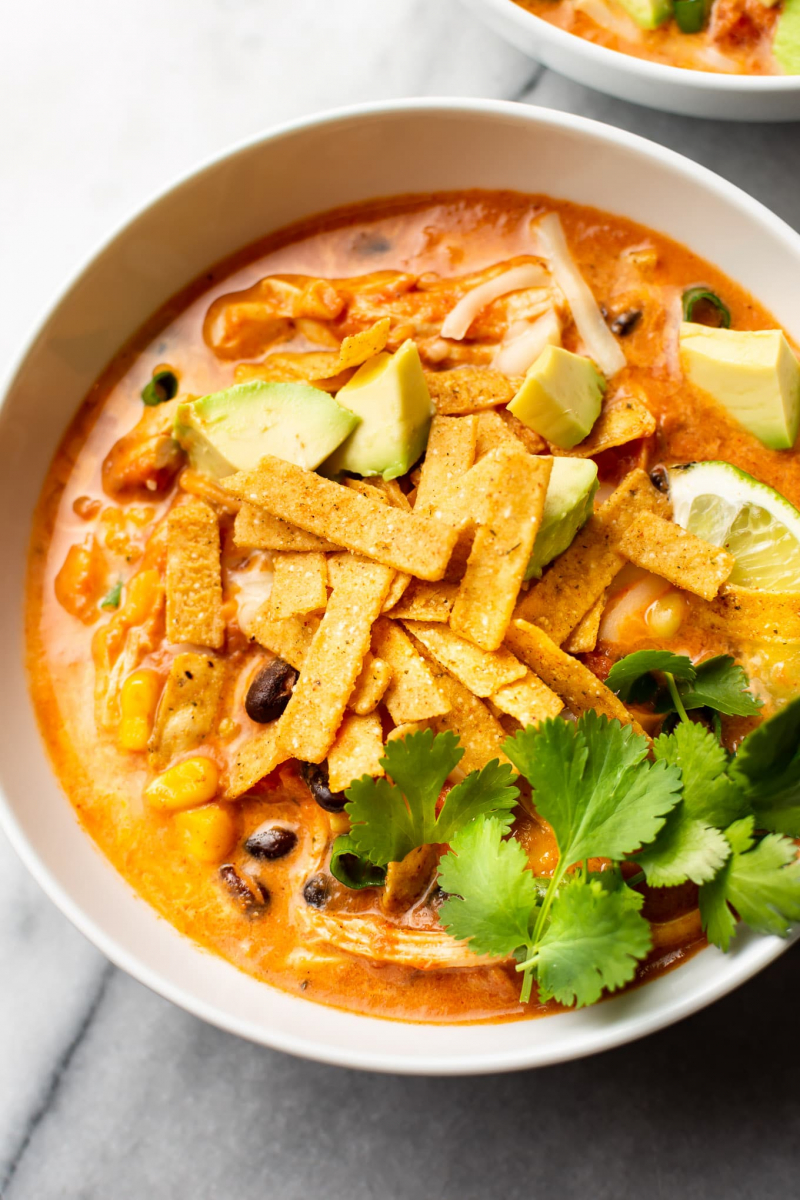
Salt & Lavender -
The Caldo Verde recipe, which is regarded as one of the 7 Wonders of Portuguese Gastronomy, originated in the Minho region, which is among the coldest and wettest in the nation. Starting in the fifteenth century, this hot soup formed the foundation of peasants' diets.
The basic traditional ingredients for Caldo Verde are potatoes, olive oil, black pepper, salt, and finely chopped Portuguese cabbage or couve-galega (basically a type of collard green), as well as other leafy greens like kale or mustard greens. The primary seasonings are onion and garlic (some regional recipes favor slight variations, like turnip greens or added meat, such as ham hock, making it similar to Italo-American wedding soup). Traditionally the soup is accompanied by slices of paio, chouriço, or linguiça (boiled whole with the potatoes, then sliced and added to the finished soup when serving) and with Portuguese broa corn-bread or rye-bread for dipping.
Traditionally, cornbread and a glass of fine red wine should be served with the Caldo Verde soup in clay bowls. This dish was changed to fit the cultures of several nations colonized by Portugal, including Brazil, where a different kind of sausage is used. During Portuguese events like weddings, birthdays, and other popular celebrations, people generally eat the well-known soup Caldo Verde. It is occasionally eaten as a late dinner or before the main course. The traditional earthenware bowl known as a tigela is used to serve this soup.
Country: Portugal
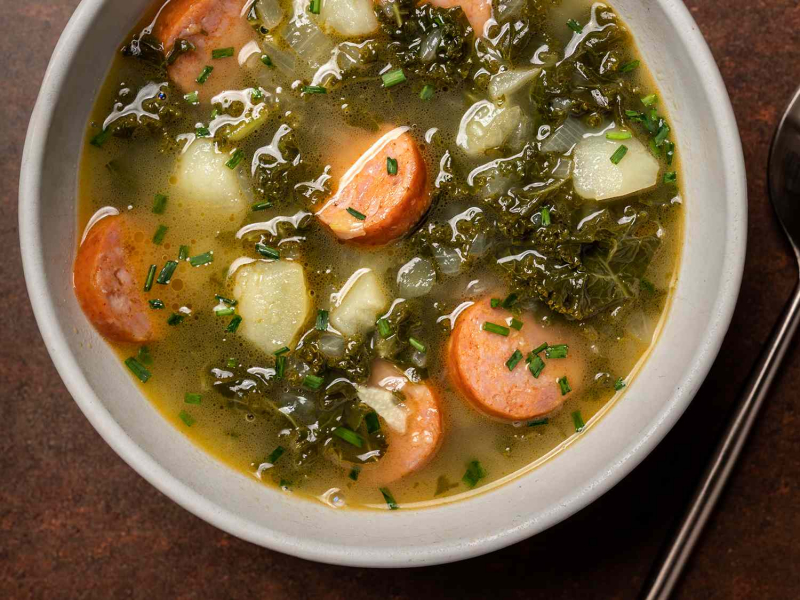
Serious Eats 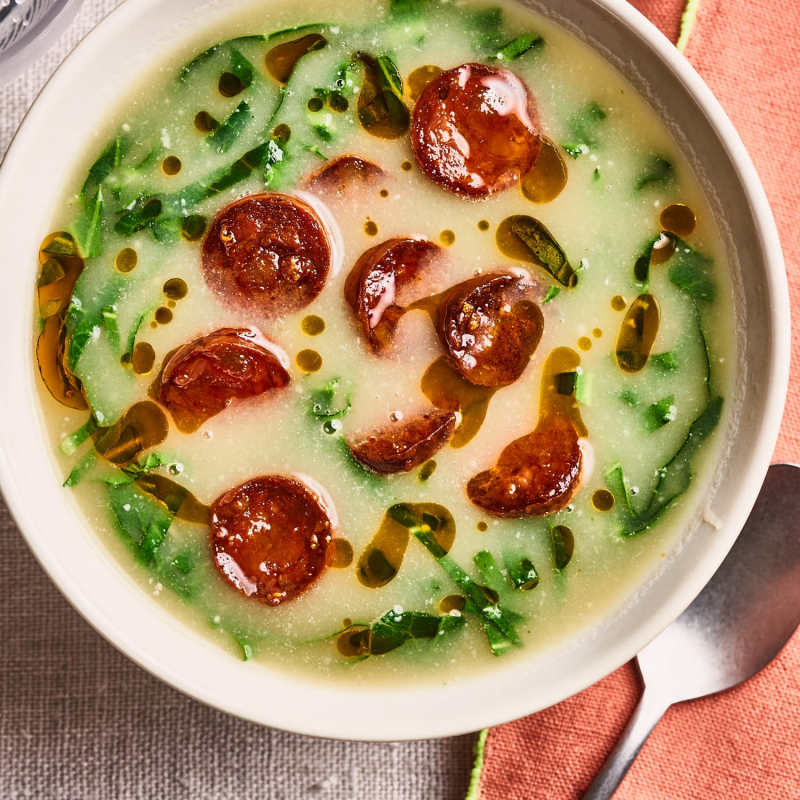
The Kitchn -
One of the most famous soups in Vietnamese cuisine, Phở, serves as an example of the variety of flavors and textures present in the cuisine. Even though modern pho restaurants provide a variety of flavors, the original is beef. By 1930, slices of raw beef that had been gently cooked in the broth were added to the soup. In this recipe, rice noodles and beef slices are simmered in a flavorful broth that contains coriander, ginger, and cardamom, among other aromatic spices.
The original recipe calls for more than 12 hours to prepare the broth with cinnamon, star anise, and other warm spices, ensuring a distinctive flavor for this common Vietnamese soup. Phở is a dish that is offered in many eateries across the nation and is frequently eaten for breakfast. The dish was created during the French colonial era in Vietnam, which is when it first gained popularity.
The most popular kind of beef pho in Vietnam is still available today, and selections include traditional raw beef, a mixture of raw and cooked beef, brisket, and tendon.
Country: Vietnam
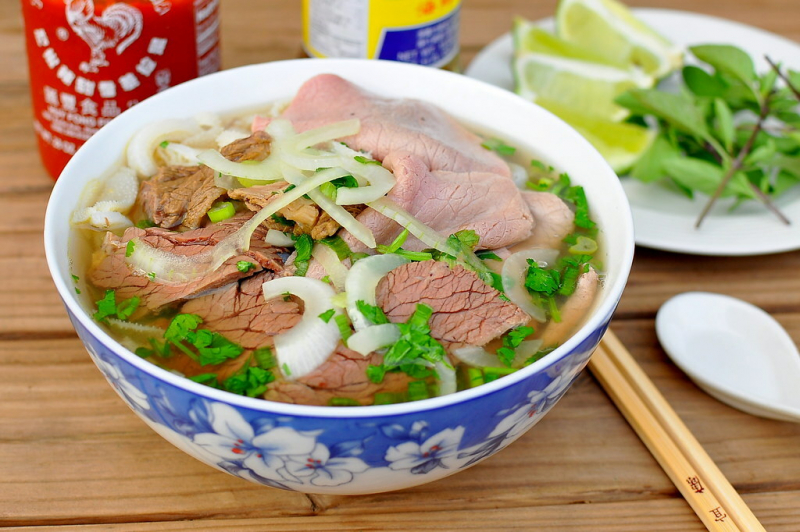
VnExpress 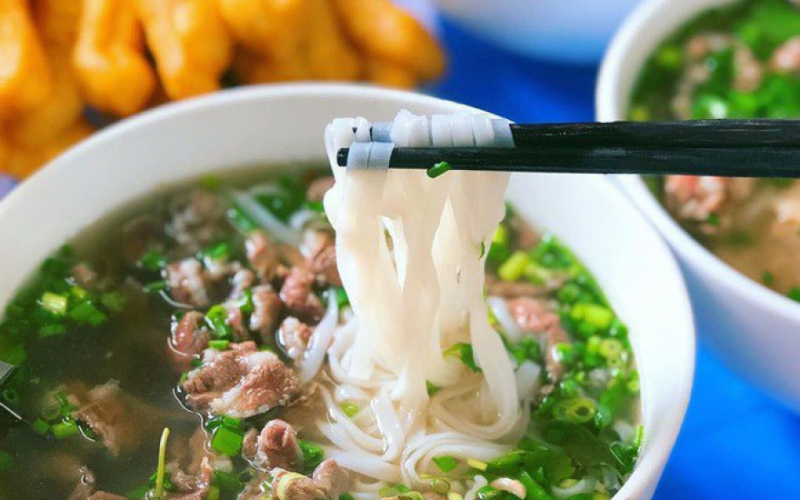
VOVTV -
Originally from the Canton region, wonton soup is a staple of Chinese cooking and is made with seasoned chicken broth and filled wontons. When wontons are folded over a spicy meat mixture, they are an Asian version of ravioli or tortellini.
Because it has a terrific flavor and a meaty texture, the filling in this dish is made using ground pork. You could use shrimp, chicken, turkey, or even ground beef as a substitute for the meat. In this dish, wontons, which are made of very fine flour and egg dough, are cooked in a hot broth with vegetables and meat. With a tradition of rich and famous soups, China has dishes that mix different vegetables and meats in light and aromatic broths.
This soup's history begins in the 17th century, under the Qing Dynasty when only affluent families were allowed to eat it. The soup gained popularity among the working classes with the start of World War II, and today it is eaten across the nation and in Southeast Asia.
Country: China
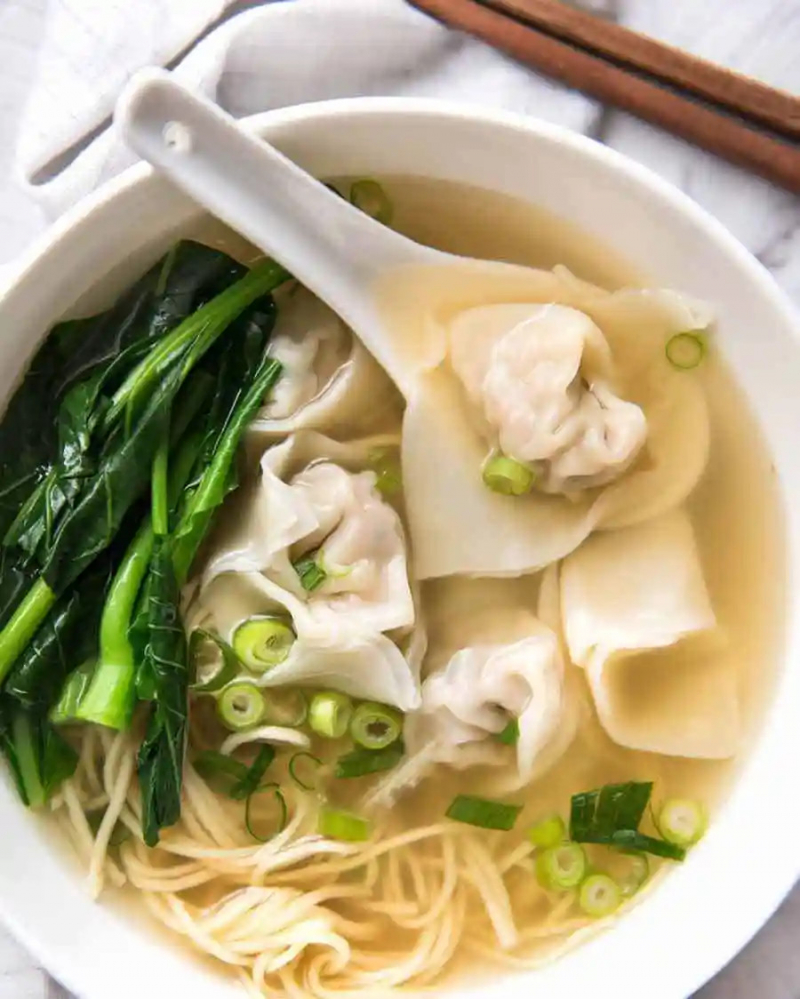
RecipeTin Eats 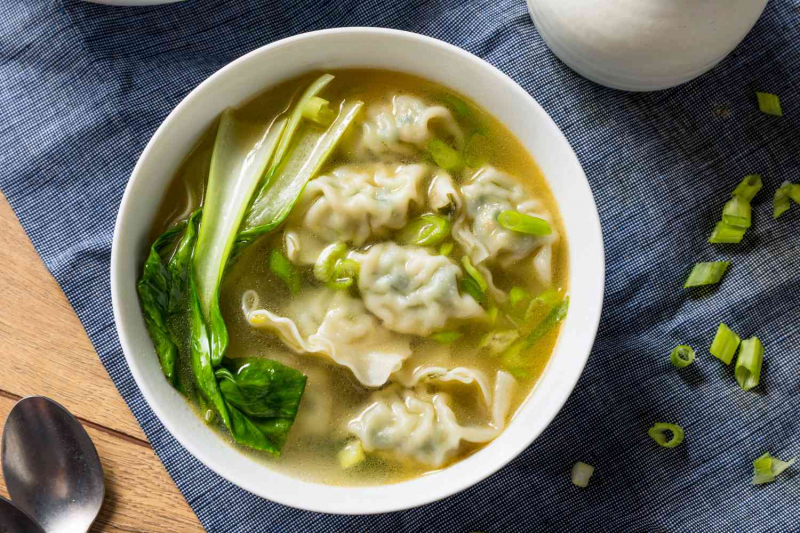
The Spruce Eats -
Soto, a fragrant broth with meat and rice noodles, is one of the most often consumed foods in Indonesia. There are other variants, but one of the most well-known is Soto Ayam, which is made with boiled chicken and served with eggs, tofu, and fried onions.
Chicken and beef are the two types of meat that are used the most frequently, although there are additional versions using offal, mutton, and water buffalo meat. Pork is rarely used in traditional Indonesian Soto, although it can be found in Bali, which has a mainly Hindu population. Typically, rice or compressed rice cakes are served with soup (lontong, ketupat, or burasa). Soun or bihun (rice vermicelli), mung bean sprouts, and onion are other components of Soto. Common Soto spices include shallots, garlic, turmeric, galangal, ginger, coriander, salt, candlenut, and pepper.
Although it is considered an authentic Indonesian dish, Soto, in reality, did not originate in the country. This soup was introduced in Indonesia by the Chinese throughout their historical commercial relations. In fact, the word Soto comes from the Chinese shao tu, which refers to cooked entrails.
Country: Indonesia
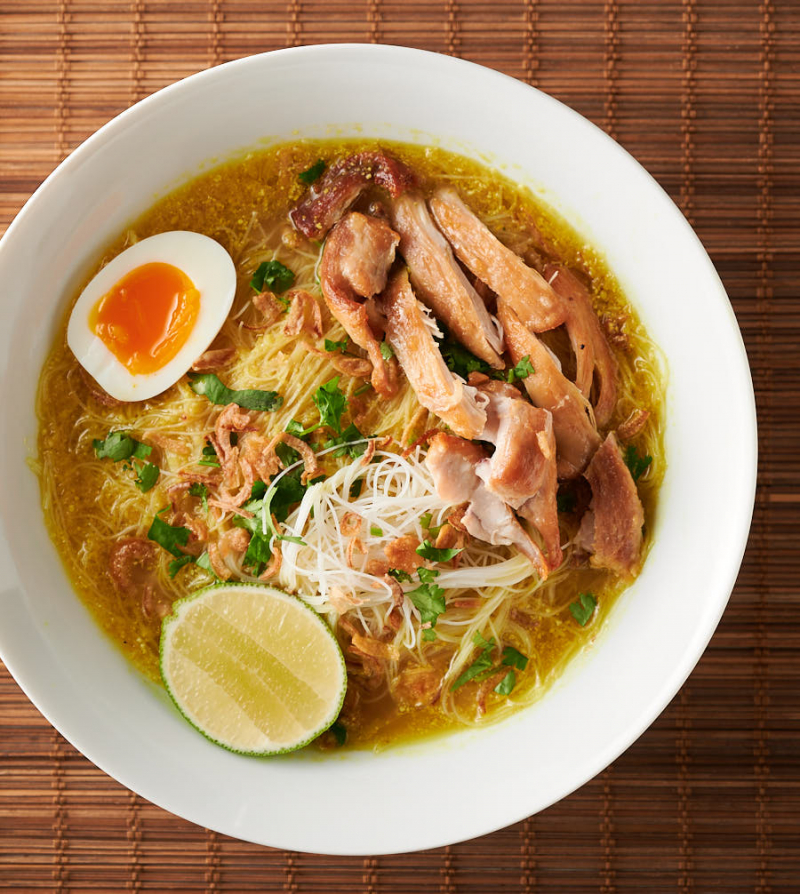
glebe kitchen 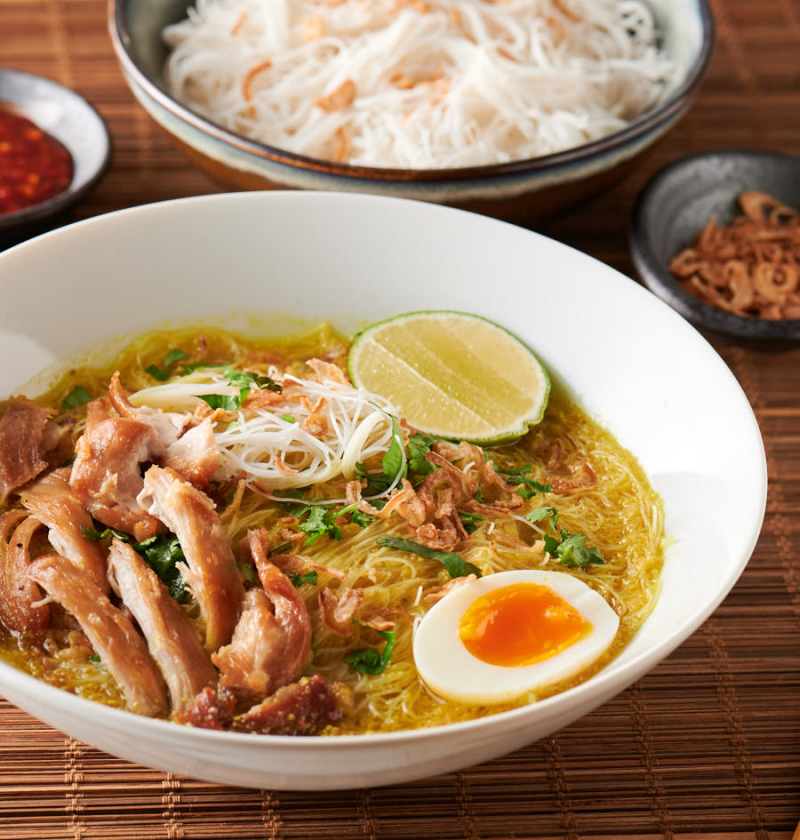
glebe kitchen -
The Chowder Soup, which is created with cream and shellfish, is one of the most classic soups in North America. However, it has a European origin, having been discovered in the 16th and 17th centuries on the French coast and in the southeast of England. A fish and seafood soup resembling today's chowder was served to sailors upon their return after long voyages.
A chowder is a cream- or milk-based soup made with ingredients including potatoes, sweet corn, smoked haddock, clams, and shrimp, among others. Some cream-style chowders are made without cream using milk and a roux as a thickener.
The soup was introduced to America with British colonization, and since the 17th century, recipes for this dish have been discovered all throughout the continent. Even a specific day has been designated on the American calendar to honor National Chowder Soup Day.
There are various variations of this well-known soup available across the nation, including New England Clam Chowder (with potatoes and onions), Manhattan Clam Chowder (with tomato broth in place of sour cream), and Rhode Island Clam Chowder (with bacon and shellfish).Country: USA
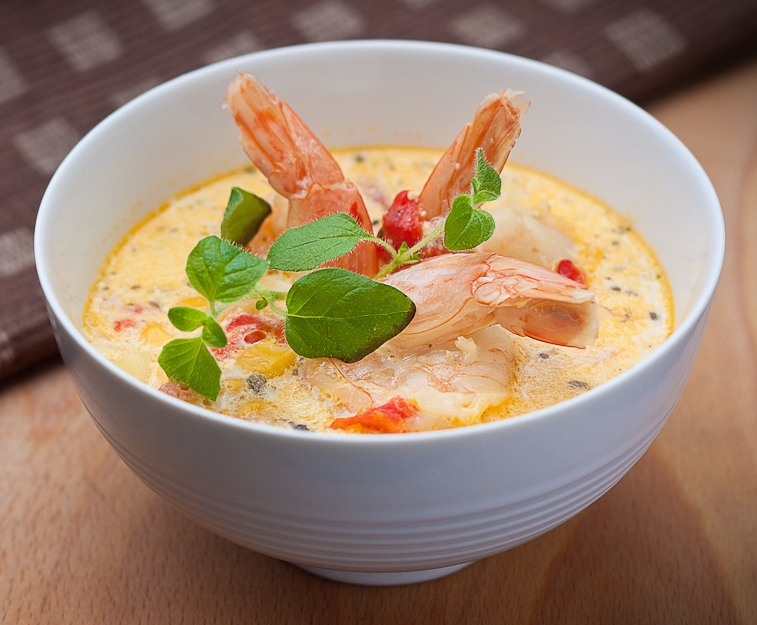
Wikipedia 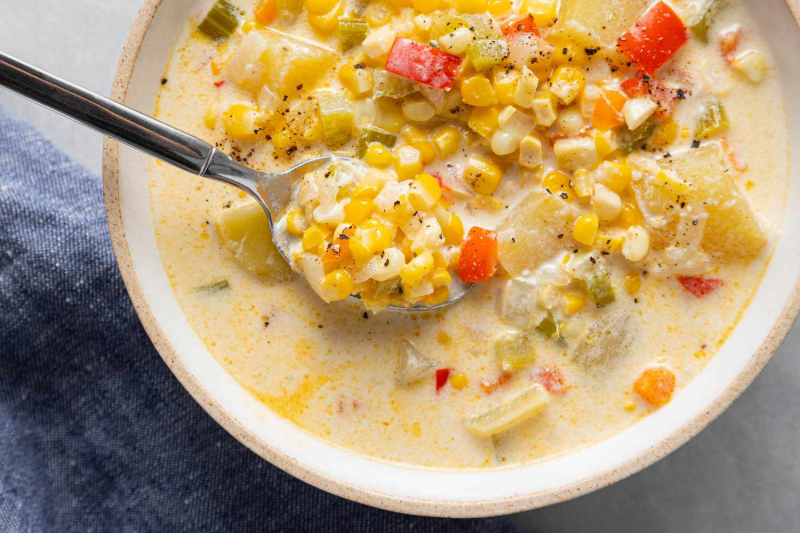
Simply Recipes -
The Hungarian-born soup goulash is among the most well-known in the entire world. Its origins are intertwined with the history of their people, who, when forced to leave their homes to care for livestock, prepared meat for travel.
Goulash is a meat and vegetable soup or stew that is spiced with paprika and other herbs and spices. Goulash, a cuisine that has its roots in the ancient Kingdom of Hungary, is also well-liked in Scandinavia, the Netherlands, Belgium, Eastern Europe, Central Europe, and Southern Europe. The meat was prepared by simmering it in a flavorful broth until it dried. The shepherds reheated them with water just before serving, creating a hot and filling soup.
With the inclusion of paprika and tomatoes, the goulash recipe has been developed over the years, taking on the form we are familiar with today. In certain recipes, the soup is enriched by the addition of potatoes and pasta.
Country: Hungary
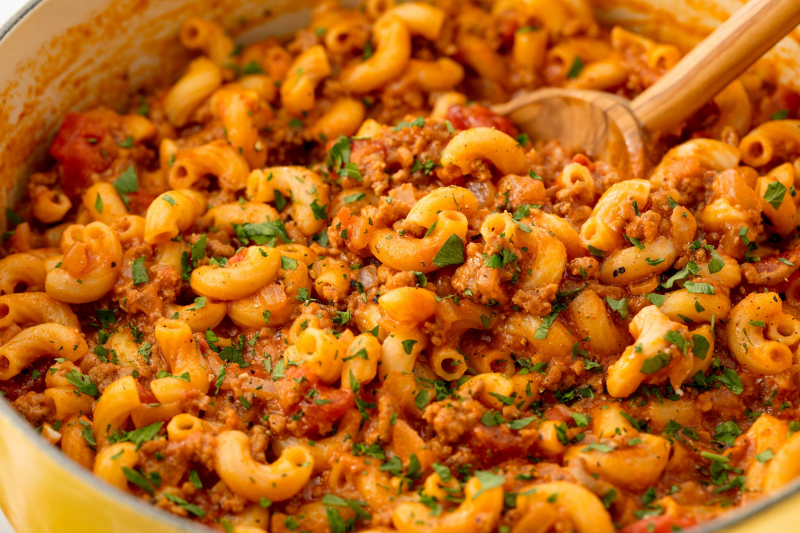
Delish.com 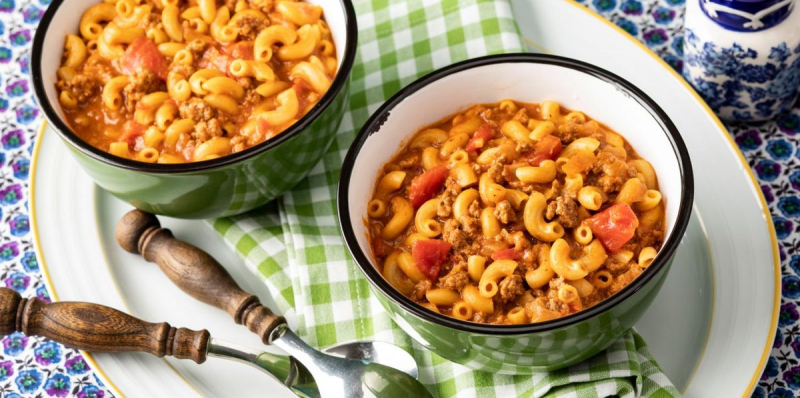
The Pioneer Woman














